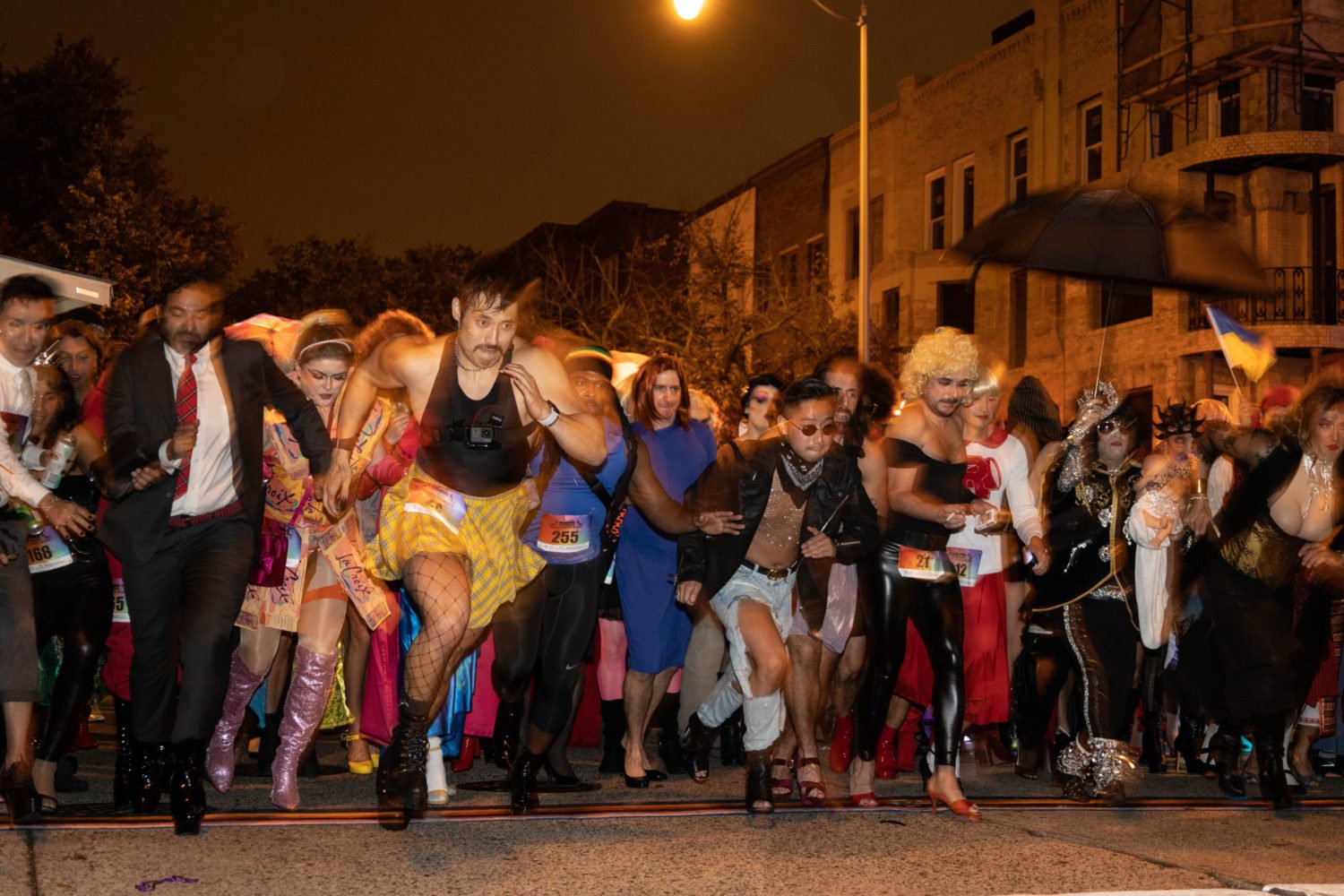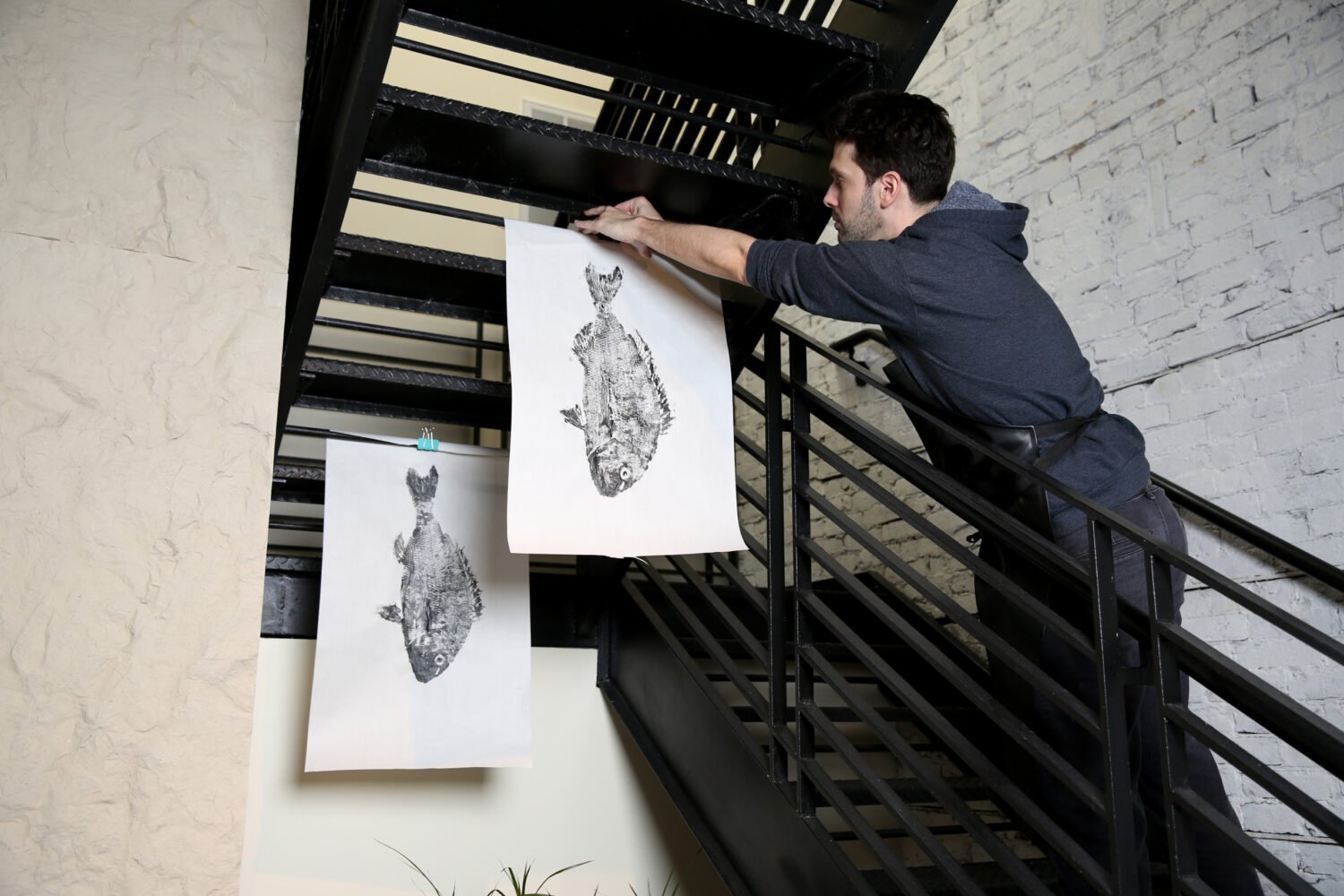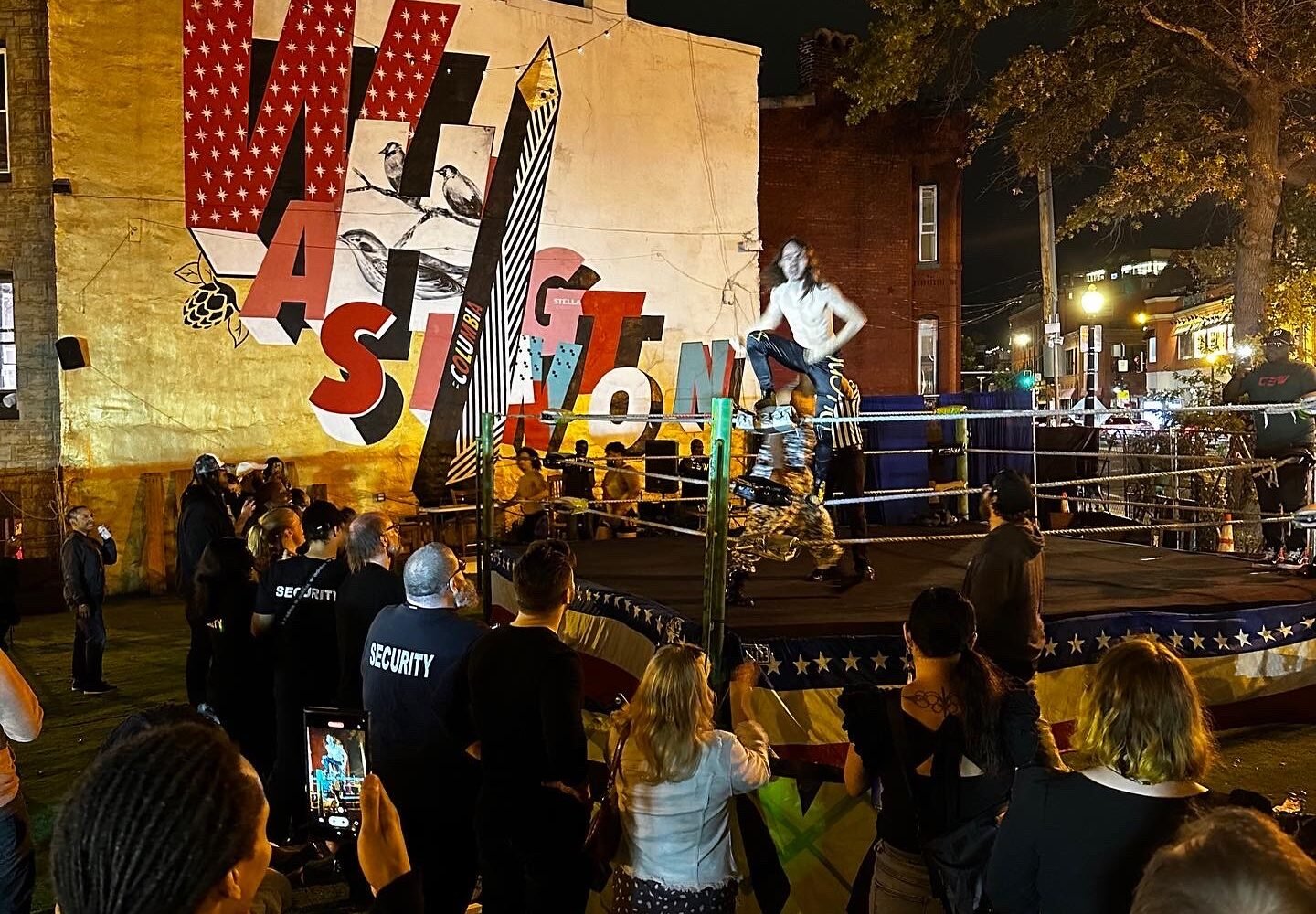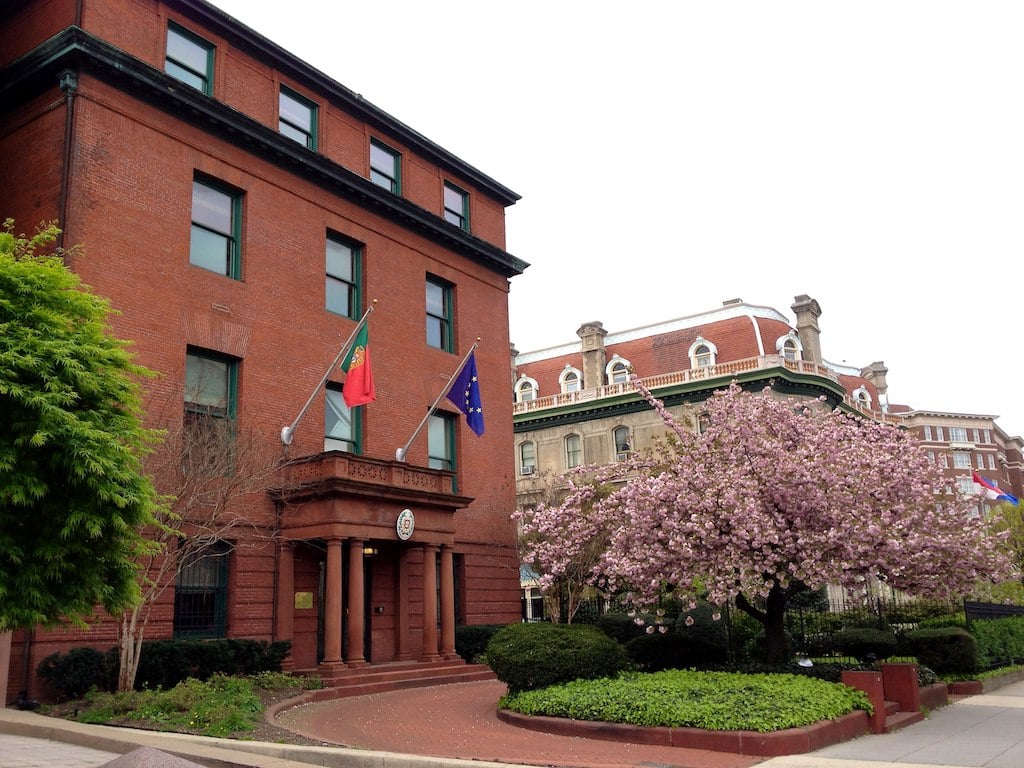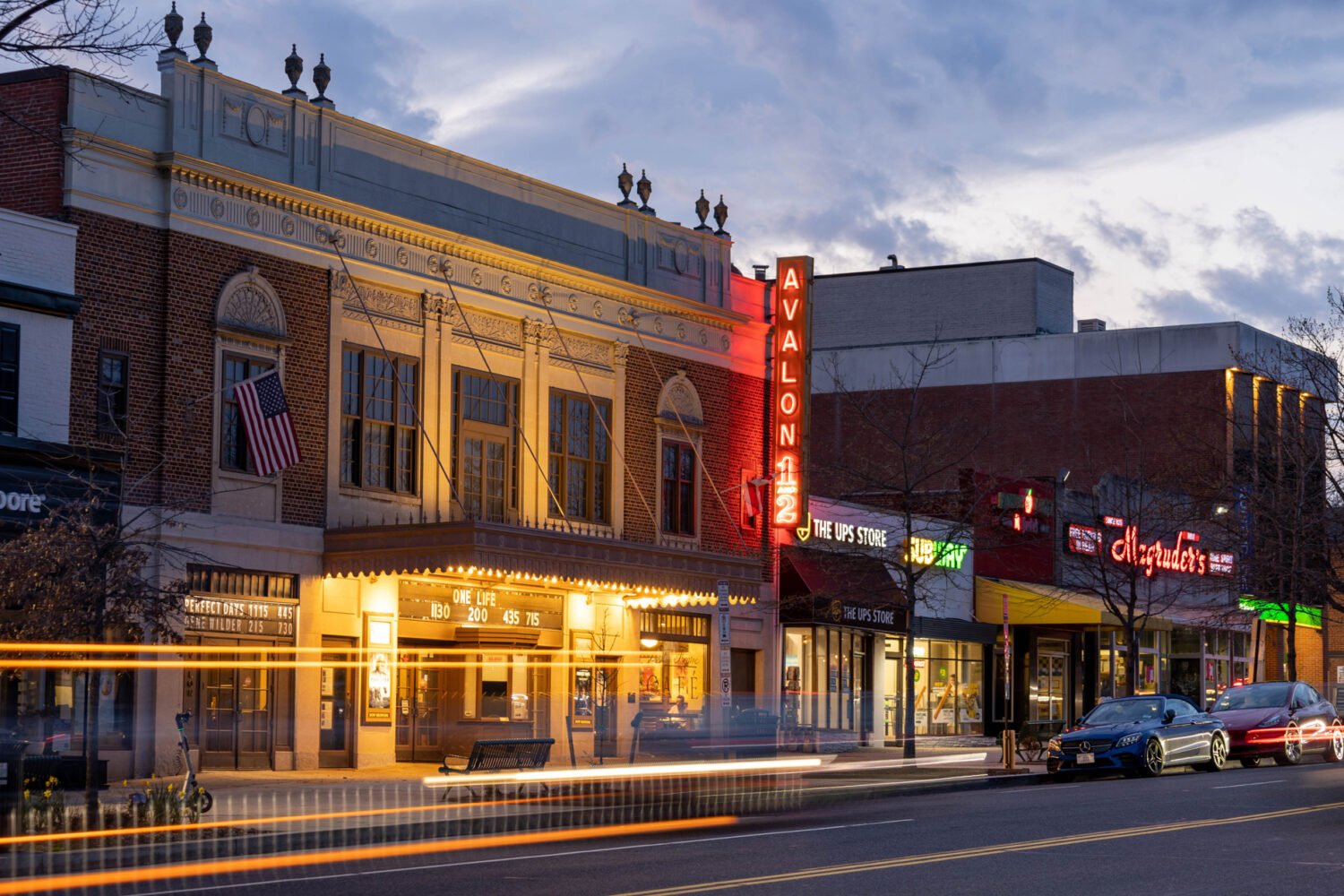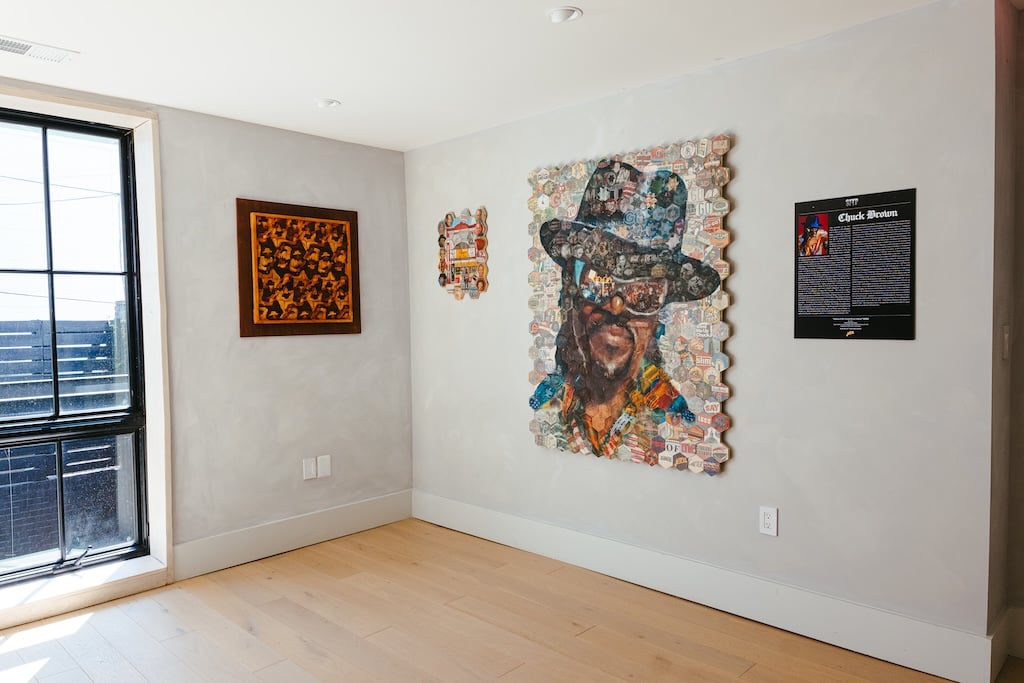Low-ceilinged and striped with neon, the newest exhibit at the International Spy Museum feels more like a top-secret command center than an educational gallery. Glossy black walls are lined with flashing lights and flickering computer screens. Headlines scroll along a red-lettered marquee, and at the front of the room, a color-coded map of the United States outlines the location of power grids.
Suddenly, the lights fizzle out and the sleek little room is plunged into darkness. The computer screens fade until one video slowly comes into greenish focus, outlining a budding crisis: A cyber attack has shut the system down, incapacitating major parts of the infrastructure.
That means no communication.
No transportation.
No electricity.
No food.
No water.
The crisis is imaginary—it’s all part of the exhibit “Weapons of Mass Disruption,” which opened October 2. The warning, however, is serious: The country’s exposure to cyber-terrorism is more dangerous than ever. Heightened dependence on Internet connections means that some of the nation’s most fundamental systems are in danger.
“There’s a level of vulnerability that’s virtually unprecedented,” said former National Intelligence director Mike McConnell during the exhibit’s opening reception last Friday, calling these cyber-threats the “soft underbelly of the United States today.”
A panel discussion at the reception featured several officials concerned with the growing threat. Along with McConnell were Philip Reitinger, deputy undersecretary of the National Protection and Programs Directorate; James A. Lewis, director at the Center for Strategic and International Studies; Martin Libicki of the Rand Corporation; and R. James Woolsey, former director of the CIA.
“We’re the fat kid in the race,” said Lewis, who added that the United States’ unique conflation of wealth, size, and civil-liberty laws makes it a prime potential victim to cyber-warfare. “We’re the biggest target, we have the most to steal, and everybody wants to get us.”
An exhibit video featuring interviews from experts, including many on the panel, echoed those fears. “Most people don’t know, quite frankly, what’s hunting them on the dark side of the Internet,” says David Marcus, security research and communications director at McAfee Avert Labs, on the recording.
What’s more, the nation’s crumbling physical infrastructure exacerbates the problem. In the exhibit, screens flicker above a national report card that rates systems such as bridges, energy, and water—and nothing merits higher than a C. If those systems, already below average, are destabilized by cyber-terror, they could present even more serious problems.
It’s a frightening thought—and an exhibit that, for better or worse, is designed to imbue its viewers with the reality of that fear as well as educate them. This is the kind of thinking that led to an extra gift, tucked into the Spy Museum’s Field Guide to Asymmetrical Warfare and passed out at the reception: a flash drive.
The International Spy Museum is located at 800 F St., NW. Tickets are $18 for adults, $l7 for seniors, military, and intelligence personnel, and $15 for children ages 5 to 11. Hours are subject to change; view them here.
More>> After Hours Blog | Arts & Events | Happy Hour Finder | Calendar of Events

